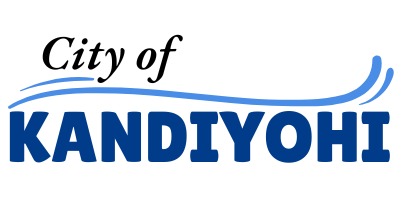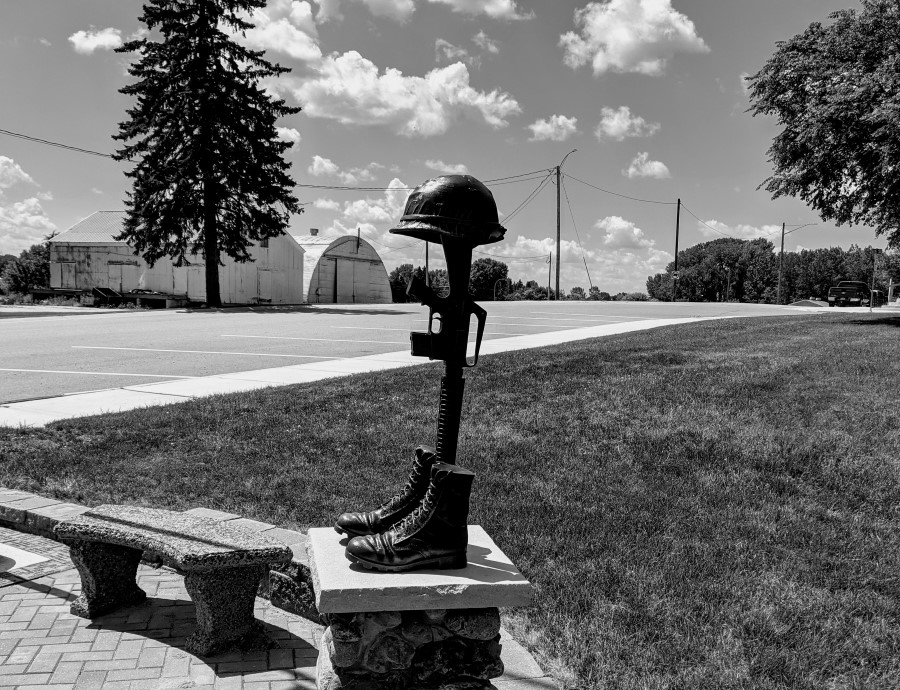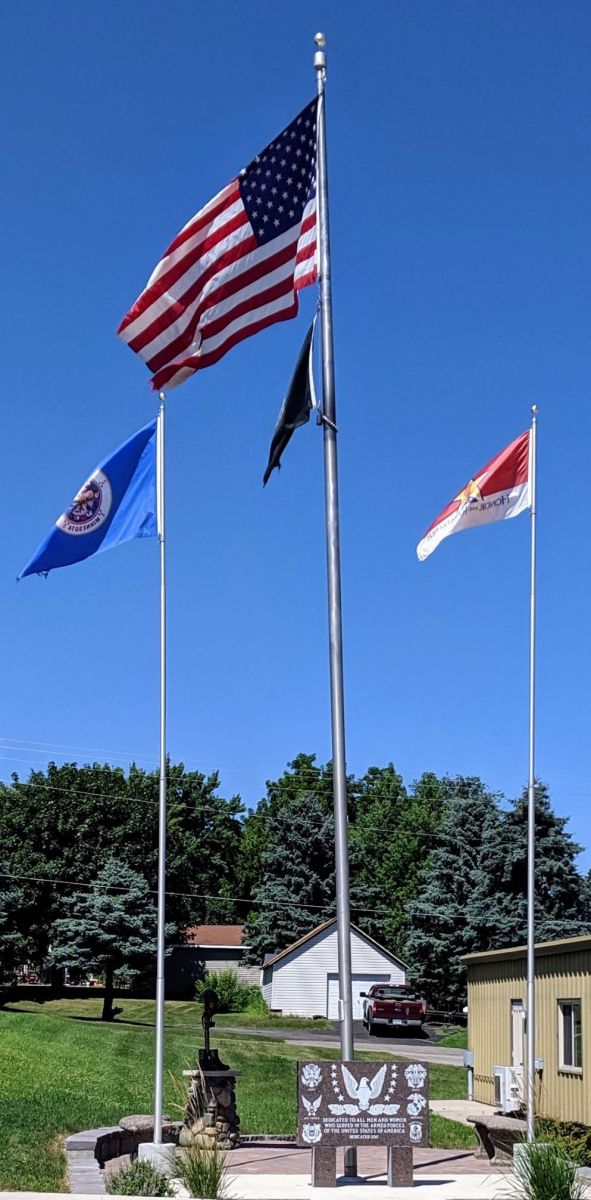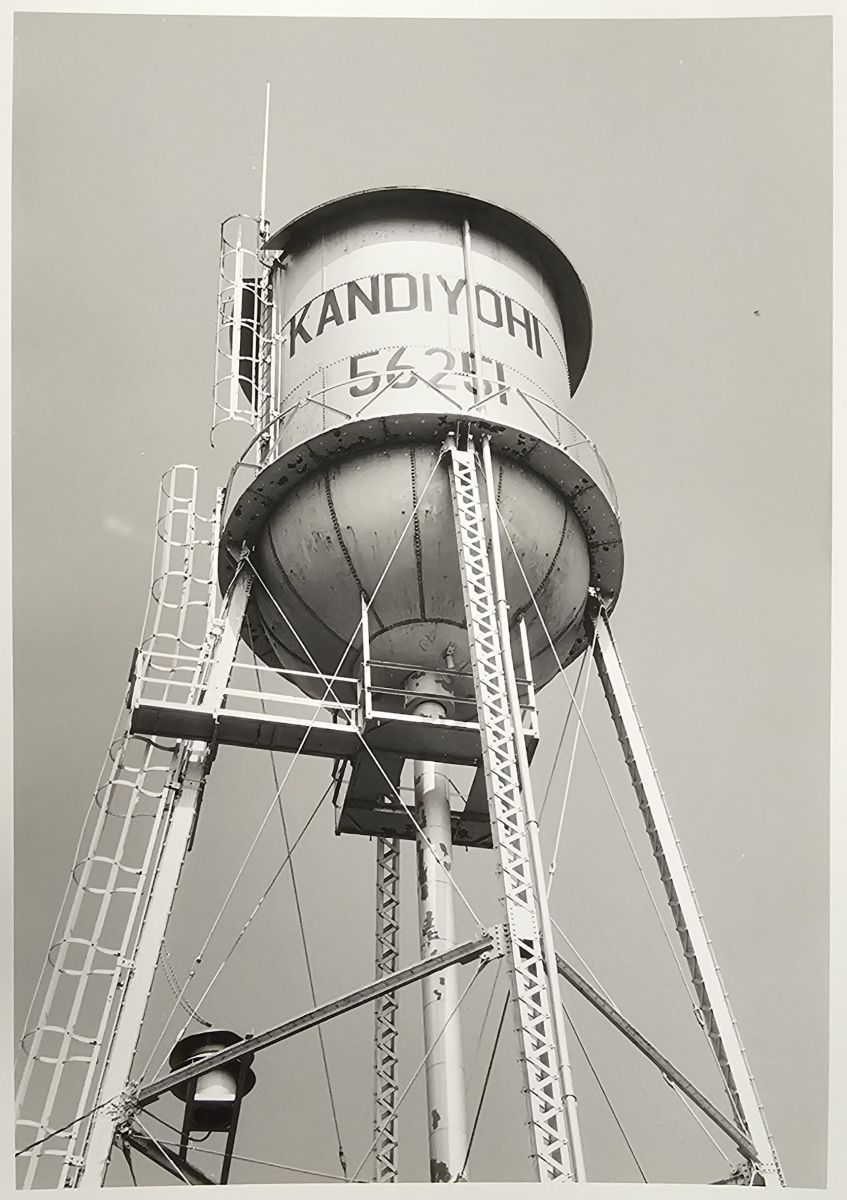About Us
About the City of Kandiyohi
In the City of Kandiyohi, we are defined less by boundaries on a map than by the shared values our residents hold dear. Small-town character, guided growth, and a commitment to preserving our historical, cultural, and natural heritage are at the heart of what makes Kandiyohi a wonderful place to call home.
Our Community
The City of Kandiyohi is located in central Minnesota, approximately 93 miles west of Minneapolis–St. Paul, 60 miles south of St. Cloud, and 6 miles east of Willmar. Nestled within Kandiyohi County, the community lies in a region known for its rolling, wooded hills and abundant water resources — a beautiful setting that reflects our area’s long-standing connection to nature.
Prior to its founding, the land was home to the Dakota (Sioux) and other Indigenous peoples of North America. The City’s name, Kandiyohi, comes from a Dakota word meaning “where the buffalo fish come,” a tribute to the region’s Dakota heritage and its rich environmental legacy.
Kandiyohi was platted in 1869 when the railroad reached the area. That same year, the Minnesota Legislature voted to make Kandiyohi the new state capital due to its central location — a proposal ultimately vetoed by Governor William Rainey Marshall, who believed the population center would develop further east.
Today, the City covers 0.34 square miles, featuring five family-friendly parks and a thriving sense of community. U.S. Highway 12 runs through town, serving as a main route for residents, visitors, and businesses alike.
Our Commitment
City operations are funded through a combination of property taxes, Local Government Aid (LGA), franchise fees, charges for services, grants, and revenues from rentals, licenses, and permits. Kandiyohi remains committed to strong fiscal management, efficient service delivery, and continued investment in public infrastructure and community amenities.
The Kandiyohi Volunteer Fire Department, consisting of about 20 firefighter/first responders, proudly provides fire protection and emergency services for Kandiyohi and surrounding areas.
The City of Kandiyohi is proud of its heritage, its people, and its enduring spirit of community. We look forward to continuing our mission of preserving our small-town charm while planning responsibly for the future.




